96 episodes


We felt like doing an Oscars show, so we did: 1. Intro: 2023's Film Trace movies. They stood the test of time, but were they awarded upon release? 2. Nominated film most obviously conceived specifically with little gold men in mind? 3. Nominated film conceived originally with absolutely no award hopes in mind? 4. Nominated director/writer/DP/actor most obviously groomed to one day become an Oscar winner? 5. Nominated director/writer/DOP/actor least groomed throughout their career to one day walk to the stage? 6. Conclusion: Release the hounds. What 2023 movies do we think will stand the test of time despite receiving zero nominations?


In the eighth and final episode of our Future Wars season, we discuss the sci-fi classic (1951) alongside the b-movie stunner(1956). Alas we have come to the finale of our Future Wars cycle. It has been a long season with a super-sized eight episode run. Sci-fi is often a real bummer. Most of the movies we covered this season depicted humanity's future as a nightmarish dystopia. Here we trace back the genre to its roots. established many sci-fi genre conventions while brilliantly depicted the nebulous unease that took over American domestic life in 1950s. The start of the Cold War did a real number on Americans. The real threat of nuclear annihilation doused the tranquil domesticity of new suburbia in caustic self-doubt and a deep fear of outsiders. But whereas more recent Future War films demonstrated the totalizing destruction of AI, aliens, or ourselves, these films from the 1950s had less fatalistic finales. Perhaps the actual threat of destruction gave them reason to think of an imagined way out.
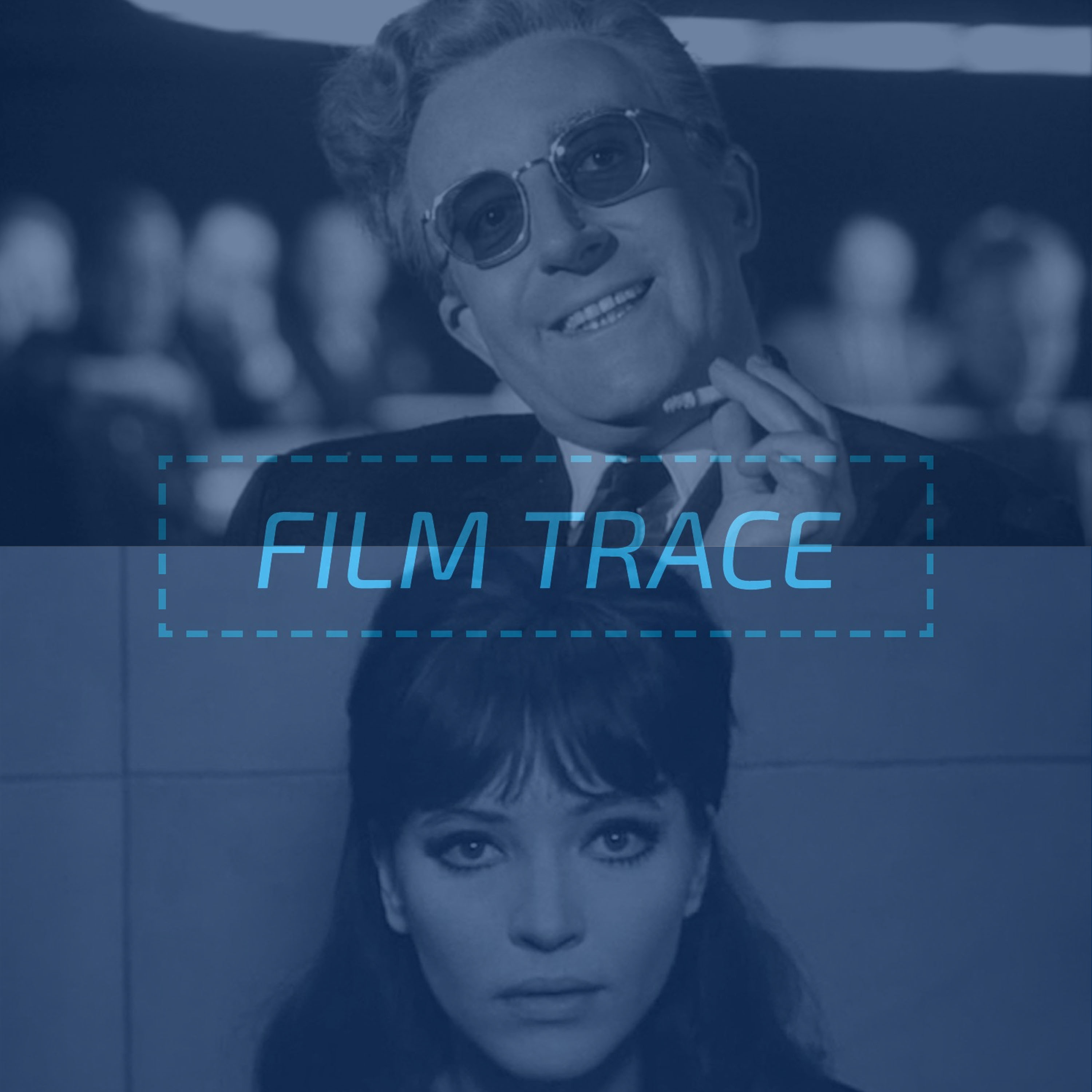

In the seventh episode of our Future Wars cycle, we discuss the classic (1964) alongside a bizarre artifact from the French New Wave, (1965) Special Guest: Good friend of the show and onscreen performer Harry Brammer, dialing in from Tokyo. Here we have two masters, Kubrick and Godard, spinning tales of future conflict and war in the mid 1960s. Slipping in their polemics right before the great social upheavals of the decade, these films depict the western world teetering on the edge of breakdown. Kubrick's scolding satire in still smolders 60 years later. He depicts the most powerful people in the world, people with the ability to end the human race, as complete and utter buffoons. The accuracy of his portrayal is startling as it has only become more true with time. Godard's is a very different story. Shot for next to nothing in Paris, this ambitious film can't support its own intellectual weight. While some scenes still pop off the screen, it is a trudge to get through despite it merits.


In the sixth episode of our Future Wars cycle, we discuss the last man on earth romp (1971) as well as the bonkers fever dream that is (1974). Special Guest: Sean Patrick from the great podcast The 1970s were a trip. is a zany, over-the-top apocalypse movie that is helmed by maybe the worst possible choice for the role, Charlton Heston. is a legendary cult film that makes even less sense now than it did on release. Films about the future mirror their present, and it was crystal clear that the human race was in La La Land in the 1970s. But what could be read as unserious in these movies is more a reflection of our present. We feel locked into a future of degrading democracy, climate, and personal prospects. The absurdity of these films reflects a different time, a time before Reagan, AIDs, and a slowly suffocating planet. Perhaps there is something in the openness and creativity of a film like . That maybe, we aren't stuck in an express lane to , time will tell.


In the fifth episode of our Future Wars cycle, we tackle two giant films from the action sci fi maestro James Cameron: The Terminator (1984) and Aliens (1986). Special Guest: David Riedel, film critic and co-host of the great Spoilerpiece Theatre podcast. James Cameron is a master filmmaker. This two film run in the mid 1980s is iconic, legendary, and ground-breaking. When we think of this cycle's theme, Future Wars, we are ultimately thinking of Cameron and his oeuvre. The status of and is well-established, but it is interesting to look back at the actual films themselves instead of the cultural miasma surrounding them. Peeking behind the curtain is risky. A film that seemed powerful and important can easily be defrocked by time and an ever-changing collective consciousness. and have defied this normal cycle of art criticism. If anything, their power and status has been consistently reified decade and decade since their release. Perhaps if anything, the greatness of these films makes us mourn the loss of Cameron to the technical three ring circus of . becomes palpable when imbibing the tech noir vibes of or sweaty machismo of .
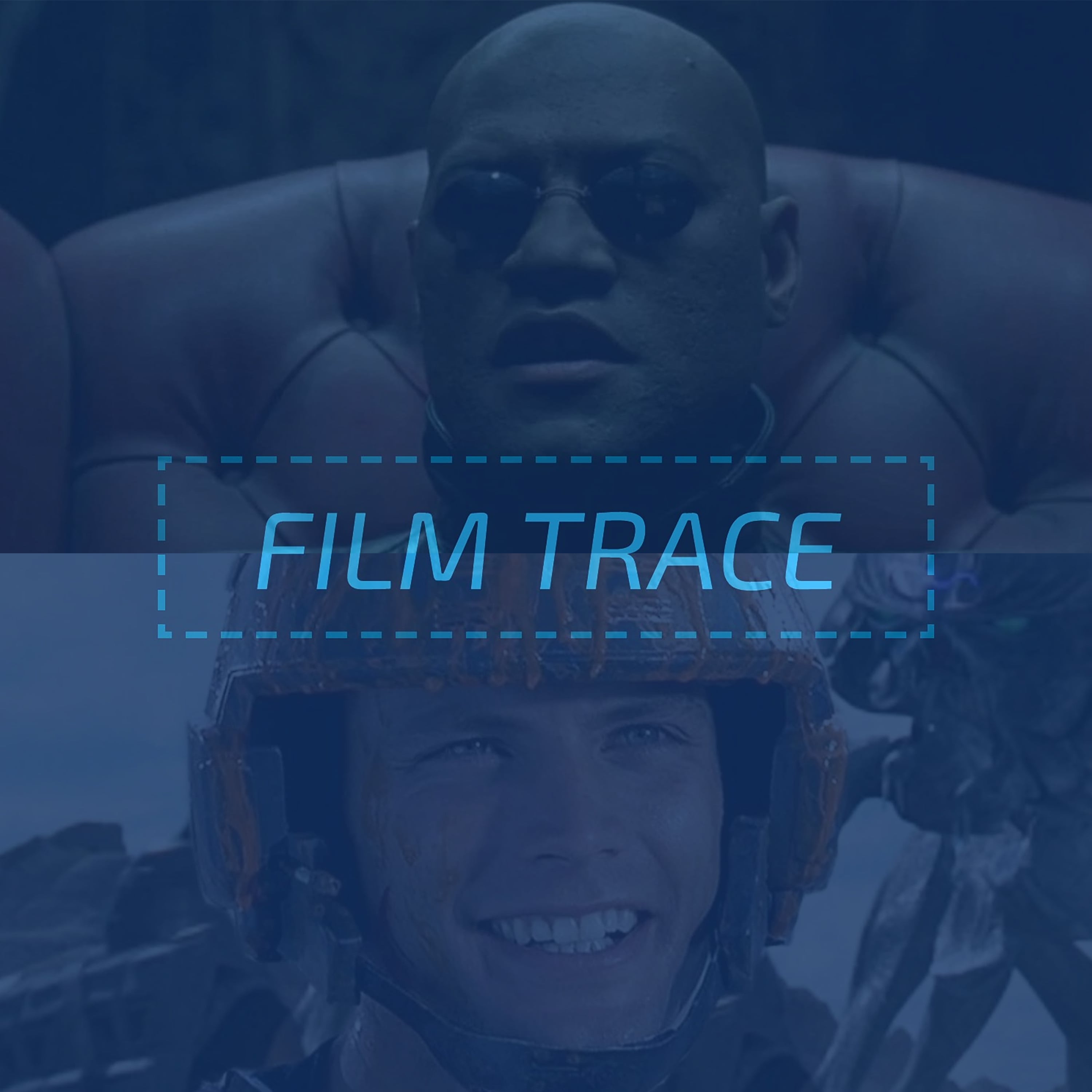

In the fourth episode of our Future Wars cycle, we explore two late 90s classic, (1999) and (1997). Special Guest: Evan Crean, film critic and co-host of the great Spoilerpiece Theatre podcast. Here we have two films with diametrically opposed authorial voices. is self-serious, pointelty intellectual, and so cool that it borders on frigid sterility. is a polemic anti-fascist satire that mirrors more than it does Nearing its 25th anniversary, has been rightfully deemed classic cinema. ,on the other hand, remains on the fringes due to its multiplicitous and duplicitous nature. Intention seems to hold an enhanced importance in the longevity of a film's reputation. While The Matrix can easily be called pretentious, it hasn't lost its potency over the last two decades. In many ways and despite its middling sequels, has risen to a new level of respect in the 21st century. Not for its accuracy in depicting the future, but rather for its ability to capture the dissociating effects of technology on our everyday lives. has sadly begun to fade. For those of us in on the joke, the political reality we have lived through has lessen the bite of the punchline and satire. It also calls into question the effectiveness of red-nosed satire, lighting up the social commentary in every scene. When Verhoeven is perhaps murkier with intentions like in the reclaimed masterpiece , his wit and delightful skewering of America feels heavier and more accurate. In the daytime tv look is perhaps too much of a veneer on a devolving society surging towards fascism.
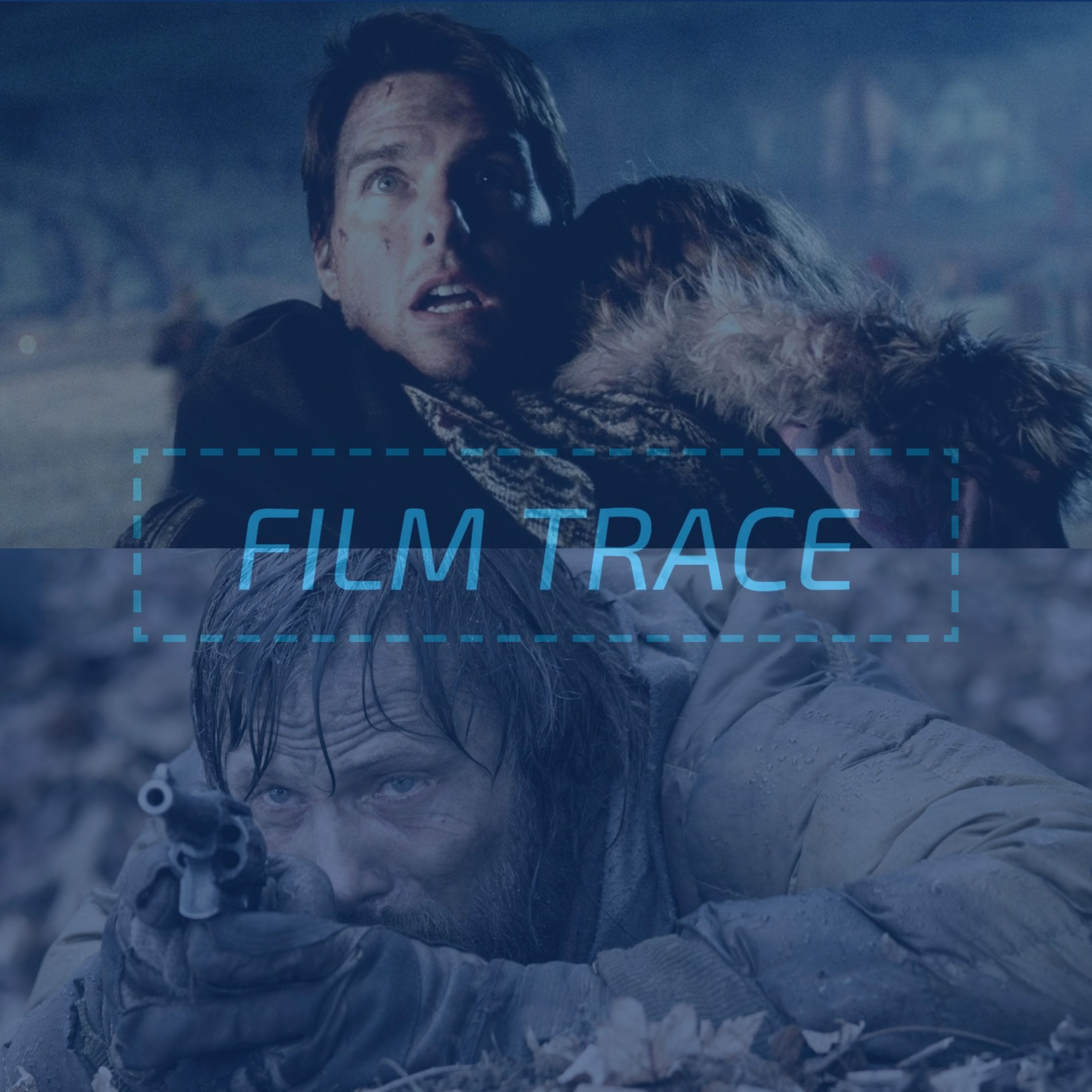

In the third episode of our Future Wars cycle, we discuss Spielberg's bad guy alien film, W along side the bleak and desolate Cormac McCarthy adaptation, The Road. Special Guest: Film critic and co-host of Spoilerpiece Theatre and The Slashers, Megan Kearns. The world doesn't end with a whimper. It ends with loud alien tripods and a nuclear winter. Spielberg had already made two alien films before (1977)and l (1982). This was his chance to live out his boyhood dream of blowing stuff up on camera by displaying a not so friendly side of Non-Human Intelligence. is a marvelous spectacle that most action and sci-fi lovers will enjoy. Spielberg is having so much fun pulverising the world that it is easy to miss the underweight story that ends too abruptly. is not fun. is brutal and awful. The viewer feels like they are staggering alongside the father and son with untread shoes and ripped rags for clothing that flutter in the frigid winds of a wasteland. Cormac McCarthy saw the end times being way worse than we could ever imagine. The film at least captures his unique nightmare even if it misses the deeper meaning within the novel.
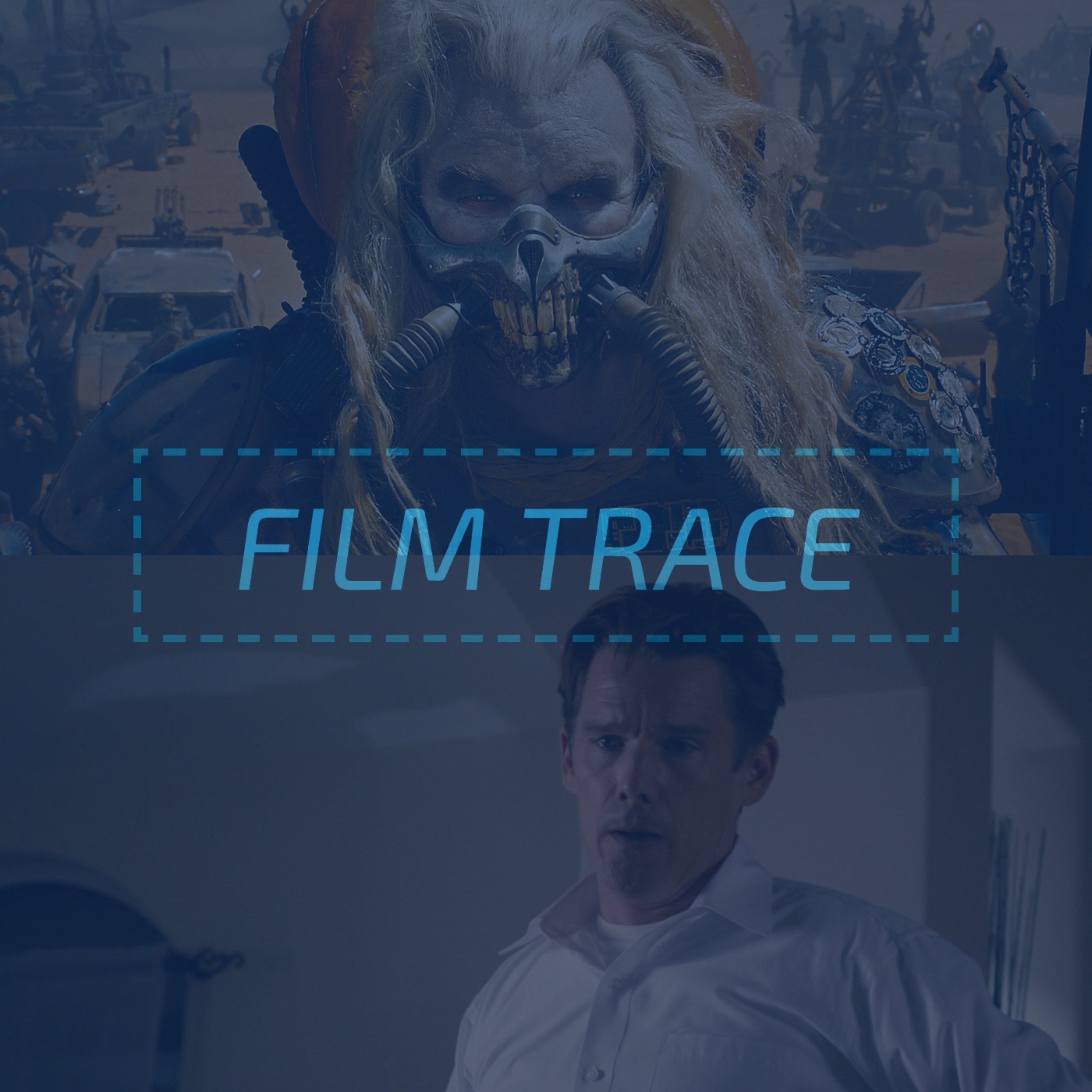

In the second episode of our Future Wars cycle, we discuss with George Miller's gonzo-apocalypto in Mad Max: Fury Road alongside the low budget middle-brow of The Purge. Special Guest: Tommy Thevenet from the fantastic Haven't Scene It: A Movie Podcast As we dip a little further into the last decade, our Future War cycle begins to take shape with the genius Mad Max massively outshining the sophomoric drivel of The Purge. Mad Max: Fury Road was stranded in development hell for over a decade. Geo-political upheaval, once in a century flooding, and skeptical studio execs conspired to keep it out of the theaters, but George Miller and his motley crew found a way to make it happen. The film is crazy in the best possible way. Unbelievable visuals and stunt work, a bizzaro grab bag of eccentric characters, and pure adrenaline. It is cinema magic. Geo-political upheaval, once in a century flooding, and skeptical studio execs conspired to keep it out of the theaters, but George Miller and his motley crew found a way to make it happen. The film is crazy in the best possible way. Unbelievable visuals and stunt work, a bizzaro grab bag of eccentric characters, and pure adrenaline. It is cinema magic. The Purge on the other hand was successful only as a concept. The execution leaves so much to be desired. Despite spawning many sequels over the last decade, this Blumhouse thinkpiece has next to no meat on the bones.
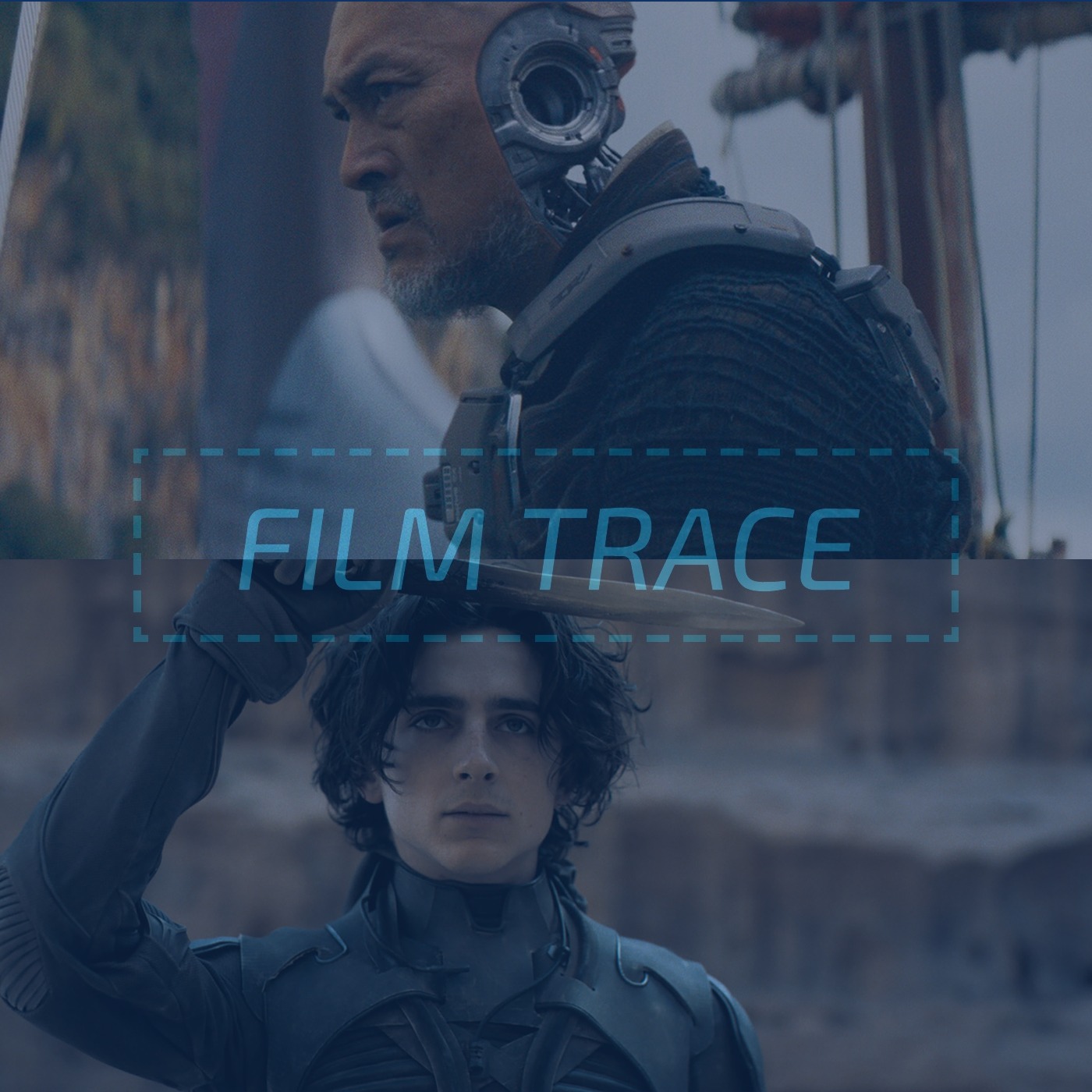

In the first episode of our FUTURE WARS cycle, we discuss the new Gareth Edwards sci-fi epic, , and Denis Villeneuve's recent attempt of adapting onto film. Our cycle is focused on how the conflicts of tomorrow were depicted in the past. Over this 8 episode series, we will review 16 films spanning from the 1950s through today that attempted to predict how mankind might find itself at odds with the world and itself. The first episode covers the 2020s with and . Gareth Edwards gained famed after toiling away as a video editor at the BBC with , a shoestring sci-fi film. Edwards was immediately called up to the majors to helm two blockbuster budgets with (2014) and (2016). The results were decidedly mixed, and Gareth found himself longing for a simpler way to shoot a big movie. looks like a very well done 200 million dollar film, but it only cost 80. Technical achievements aside, the story attempts to unravel the very present day conflict of Artificial Intelligence and what role it should play in our lives. is a great counter film to as both films tackle a large scale war of tomorrow, but the approaches are diametrically opposed. The world created by Edwards feels warm, lived in, and extremely perilous. , locked into the imagined worlds of Frank Herbert's book, is depicted by Denis Villeneuve as cold, spartan, and fateful. feels entrapped in the present, and feels entombed by the past.


In the final episode of our cycle, we cover two classics, and . We have come to the end of our 1950s cycle, and we are struggling to find a thread that weaves through all of these films. The films we covered all use the 1950s in different ways: set dressing, pastiche base layer, dreamscape, hommage, coming of age background. Each film is a creative outcome of the lived reality of its source decade. feels like a New Hollywood film. It is filled with rebellion and American Existentialism. Rebel Without a Cause, the only film we selected that was made in the 1950s, feels vibrant and raw. Its messiness a sign of authenticity. Perhaps one theme that reoccurred through these films is one of rebellion. Rebellion against some amorphous authority: moral, masculine, or otherwise. Indeed, the 1950s has always been seen as a decade of normalcy and Pax Americana. Each of these films counter examines the assumptions we have collectively made about the years of peace and plenty. The next season of Film Trace is coming soon: Future Wars.


In the sixth episode of our cycle, we discuss Peter Bogdanovich's coming of age story, (1971), along with the Lenny Bruce bio pic, , directed by theater great Bob Fosse. Special Guest: Andrea G, co-founder of filmchisme, X: @alifebydreaming The 1950s has never been known as a gritty decade. We wanted to find films that demonstrated some of the hidden realities of the Eisenhower years. and both muck up the shiny image of Post War America. Bogdanovich's dusty tale of rural Texas shows us that even small town life is filled with contradiction, tragedy, and sorrow. Fosse's portrayal of Lenny Bruce never leaves the gutter. Both are vibrant films that give us an alternative glimpse into a decade too often encased in a plastic cover.


In the fifth episode of our cycle, we discuss the 1980s hidden gem and the highly lauded . Special Guest: Friend and frequent guest, Molly, who led us both to the existential oasis that is We often try to choose two films that create a discourse between them, but here I think it is safe to say both films are talking past each other. Desert Hearts was an impossible film that was made through sheer will and determination. Donna Deitch raised 1.5 million to make the film mostly via individual stock sales to investors. Unheard of back then and today. The film itself exudes that deep poetic desire. , on the other hand, feels ramshackle and blase. Despite its high stature amongst film critics, the movie plays like a playboy who has had one too many, slipping and sliding through life as if no consequence could cut the wrong way. These two films are about the same decade, but they are about completely different worlds.


In the fourth episode of our cycle, we cover the 1990s neo-noir along side the coming of age tale in We dive into two different worlds of the 1950s: the glam and seedy glitz of Los Angeles vs the cold and wet solitude of rural Washington. won high praise upon its release in the fall of 1997. It's stature has not faded much in the 25 years since. had a muted release Easter weekend of 1993, and it seems to have gone missing since then. While uses the 1950s as a way to doll up the actors and scenery, it's satirical wit is focused mostly on the city itself and less on the time period. LA is notoriously born of bad blood, and the film never lets us forget that. has much more simple and intimate story of triumph over an overbearing authority. It's matinee sappiness covers up a base coat of 1950s misogyny and patriarchy it attempts to critique.


In the third episode of our cycle, we compare two hommages to the post war decade: Todd Haynes' and Frank Darabont's Special guests: Brian Eggert from Deep Focus Reviews, Rotten Tomato Approved and frequent KARE 11 guest film critic What started out as a random pairing of two 1950s period pieces from the early Aughts became a rather interesting juxtaposition on the potency and fugility of worshiping art from the past. was born from a love and respect for Douglas Sirk's fifties melodramas, and has Frank Darabont donning his best Capra impression. While both films have inherited riches from the past, their contemporary narratives tend to sizzle instead of sparkle. is beautifully shot and acted with an intricate and immaculate product design. But we wonder if there is anything happening beyond a Sirk lovefest. has a prefab Americana store of redemption that is instantly gripping. But while the trim looks polished and proper, the rooms feel empty. Both films demonstrate how hommage can result is both a dissonant feedback loop as well as an illuminating ouroboros.


In the second episode of our cycle , we look at two auteurs who swing for the fences with Terrence Malick's (2011) and Paul Thomas Anderson's (2012) Special guests and friends of the show Molly and Ryan join us to discuss what happens when Malick and Anderson get the creative freedom and financing to direct the movie they always wanted to make. kicked off a recent prolific period for the ever reclusive Malick. He originally had the idea for back in the late 1970s while working on his masterful . Then he disappeared for twenty years. Similarly, Anderson had been ruminating on the root idea behind for many years before he was able to finally make it happen. Both directors go all in, and the final results vary widely depending on the viewer's willingness to go along with them.


In the first episode of our new cycle SET IN THE 1950S, we take a look at Wes Anderson's new film, (2023). Both Chris and I are devout Wes Anderson fans, and covering was really the impetus for this cycle's theme. As we have traversed this cycle, we are seeing how the 1950s setting can be used in a variety of ways with varying degrees of historical richness. Wes, quite predictably, uses the Eisenhower years as mostly set dressing for his story of grief and isolation out in the red desert. Of course the film looks gorgeous and is filled to the brim with exquisite detail, but the film does deviate significantly from the typical Anderson film. Here the meta impulse is greatly indulged with a play running intertwined within the main narrative. The film has become quite divisive even amongst Wes Anderson aficionados. A great counterpoint to is Steven Spielberg's autobiographical (2022). Both works are about directors turning the lens inwards. Whereas Anderson deconstructs his own style and voice into a kaleidoscope of detail and paratexts, Spielberg lends his own story a hyperrealism he often evoked in his most classic work. Both films are honest reflections.


The sixth and finale film in our Stranger Than Fiction cycle is Richard Brooks' true crime magnum opus, (1967). Often overlooked by the infamy of its origin source, enormous value as a film: the beautiful and stark cinematography of Conrad Hall (who went on to shoot and), the unsettling and rapturous performances of leads Robert Blake and Scott Wilson, the surgical plotting and execution of Richard Brooks. It sits snugly inbetween the post-war studio system and the auteur anarchism of the 1970s. Despite these creative high marks, could be a thesis statement for this cycle: exploitation and true life film are inseparable. The moral weight of retelling this grisly murder of a family by two drifters is too much for the film, even with its progressive anti-death penalty ideology. But we find interest and discourse in the cracks and fissures of great art. Perfection in film would be a negation of the medium. For our chaser film, we trace the lineage of true crime back to (1959), a mess of a film that is salvaged by wonderful performances from Orson Welles, Diane Varsi, Dean Stockwell, and the truly creepy Bradford Dillman.
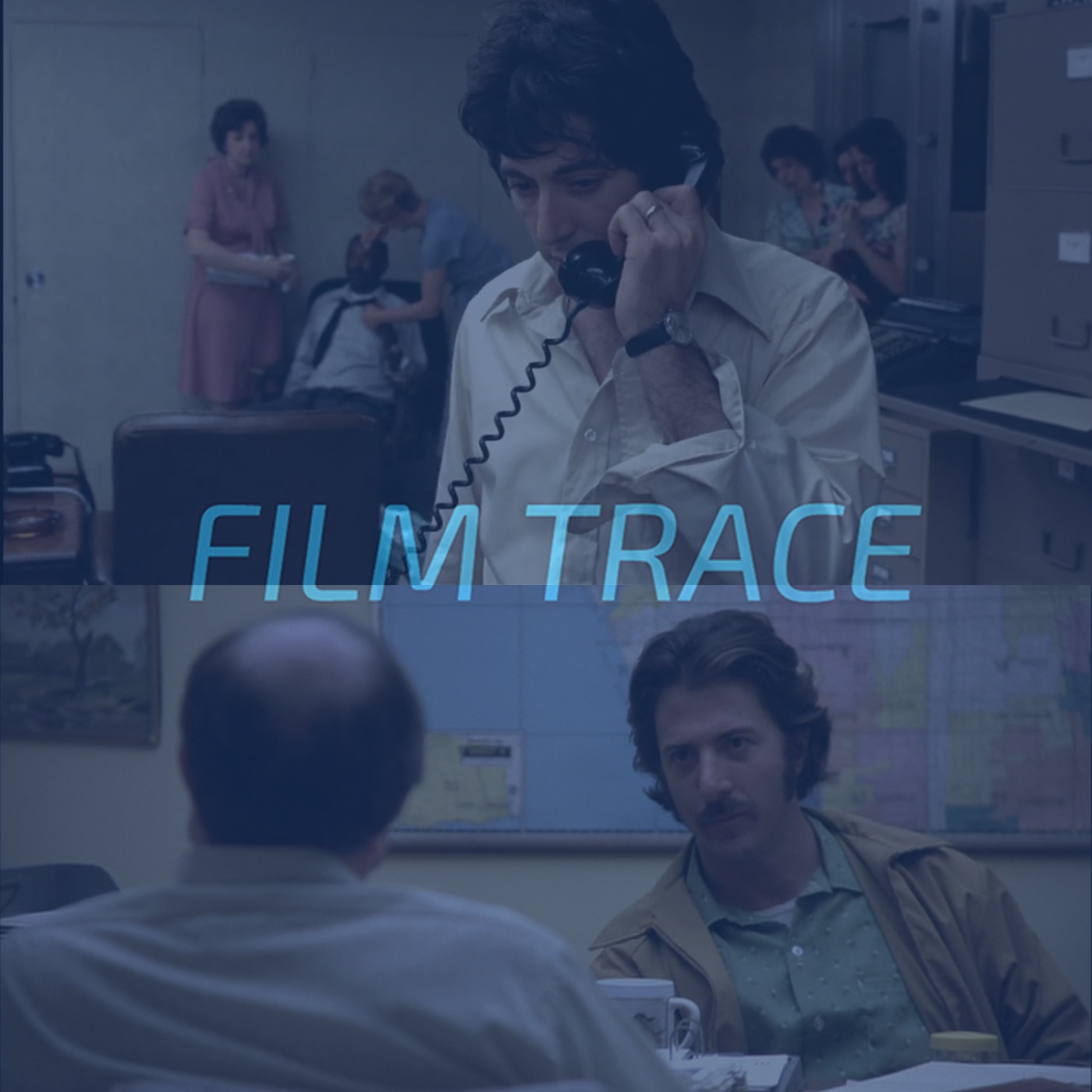

The fifth film in our Stranger Than Fiction cycle is Sidney Lumet's provocative bank heister, Dog Day Afternoon (1975). Special Guest: Good friend of the show and dedicated film nerd, Riley. is certainly a film you hear about before you ever see it. The film has had a stellar reputation since its release in the mid 1970s. It is considered one of Sidney Lumet's most important and best films. As we approach the film's 50th anniversary, we reappraised both what is on the screen and what happened in real life, not all of which is easy to reconcile with the aura of prestige surrounding the film. As we explore about how true life overlaps with fiction, becomes hornet's nest of contradiction, exploitation, and high art craftsmanship. Featuring stellar performances from Al Pacino and John Cazale, we face the question that always arises when great stories are told about terrible people: can we separate art from reality? For our chaser film, we reclaim a lost 70s classic, . Dripping in 70s malaise and alienation, Dustin Hoffman plays a man on the edge of all things prudent.


The fourth film in our Stranger Than Fiction cycle is David Cronenberg's deep trip twin thriller, (1988). Special Guest: Rob from the awesome Smoke & Mirrors Podcast David Cronenberg was evicted from his home after his early film, , sent shockwaves through the Toronto intelligentsia. Cronenberg has always been an outsider with a deft ability to contort himself into the good graces of the monied class over his now fifty year career. is one of his most grounded works but it is also one of his most confounding. The film closely follows the journalistic essays written about the life and death of twins Stewart and Cyril Marcus. As Cronenberg himself said, “The art of was to make the fantasy absolutely real, whereas the challenge here was to make the realistic seem fantastic.” But by the end, even Jeremy Irons' spectacular performance can't quite conjure the truth that lies between the tragedy of these twin brothers. For our chaser film, we dissect Wes Craven's ballsy attempt to adapt a notorious account of real life zombies in Haiti, (1988).


The third film in our Stranger Than Fiction cycle is Terry Gilliam's visual extravaganza, Fear and Loathing in Las Vegas (1998). Special Guest: The crew from There Are Too Many Movies podcast - Chris Collins, Josh Rodriguez, and Alex Wilshin. Hunter S. Thompson was the paradigm of Stranger Than Fiction journalism. He helped create the entire genre of creative nonfiction by telling the world what he saw we his own two eyes instead of assuming some fake omniscient third person perspective, also known as "reporting." Terry Gilliam saddled up with Johnny Depp and Benicio del Toro to bravely attempt an adaptation of Thompson's classic work of gonzo. It fails spectacularly, but the film is absolutely a high mark in visual experimentation. Not for nothing, Gilliam captures altered perception in a way never done before or since. It's too bad the film mostly misses the moral and political polemics underneath the book's narcotic blatherings. For our chaser film, we travel to the fourth dimensions with Peter Jackson's wonderfully macabre Heavenly Creatures (1994).
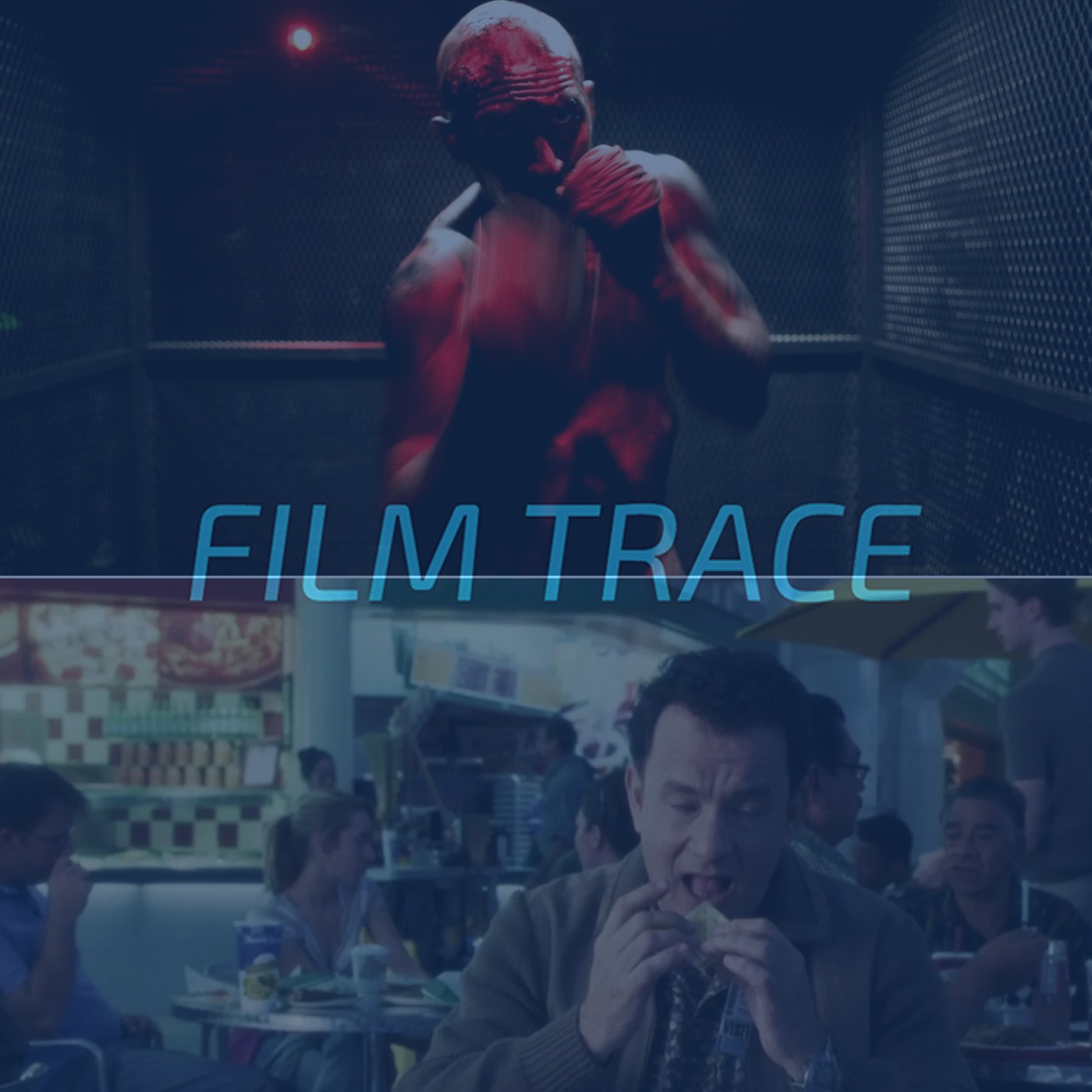

The second film in our Stranger Than Fiction cycle is Nicolas Winding Refn's left field take on bio pics, 2008's . Special Guest: Katey Stoetzel is co-founder and TV Editor for InBetweenDrafts. She hosts the “House of the Dragon After Show” podcast and can be read on various other places like Inverse and Screen Speck. Refn's conspicuous filmmaking style lends itself well to the crazy and violent life of Charles Bronson aka Britain's "most violent prisoner." Shot as a performance art piece rather than a narrative film, was certainly a calling card for both Refn and the magnificent lead performance of Tom Hardy. Looking back on the film some fifteen years later, the boldness feels oversaturated and worn, like an overly compressed mp3. It blasts loud, but the dynamic range is so blown out that little emotional timbre is left. Especially troubling is the tightrope Refn chooses to snap in two instead of traverse. Refn claims he is making a movie about man he knows nothing about. Charles Bronson is a real person who did very awful things to real people. Refn gives us a barometer with which to measure the level of exploitation that true life films can conjure. Here lies the bottom. For our chaser film, we lounge with Tom Hanks and Steven Spielberg in 2004's , a comfy mid-aughts dramedy filled with max schmaltz and min edge.


The first film in our new Stranger Than Fiction cycle is Elizabeth Bank's gonzo misfire, (2023). Elizabeth Banks is an almost household name who likes to stay busy as an actor, producer, film director, and now gameshow host. While prolific, the quality of her output has been uneven. Her 2019 film spectacularly bombed, and Banks, always the press whisperer, jumped on the grenade and blamed sexism. Here she returns to the director's chair for a loosely true concept about a bear who eats a lot of cocaine. Clearly a joke by people who are too well connected to truly fail, is tonal salmagundi: black comedy, creature feature, coming of age, postmodern pastiche. None of it really lands beyond the basic concept of bear being turnt up on coke. Considering the large production budget and the talented people involved, the final result is an embarrassment. For our chaser film, we discuss , Sofia Coppola's blasé docudrama of young thieves obsessed with celebrity consumption. Despite its glassy surface, Coppola suggests a deeper abyss lies below.
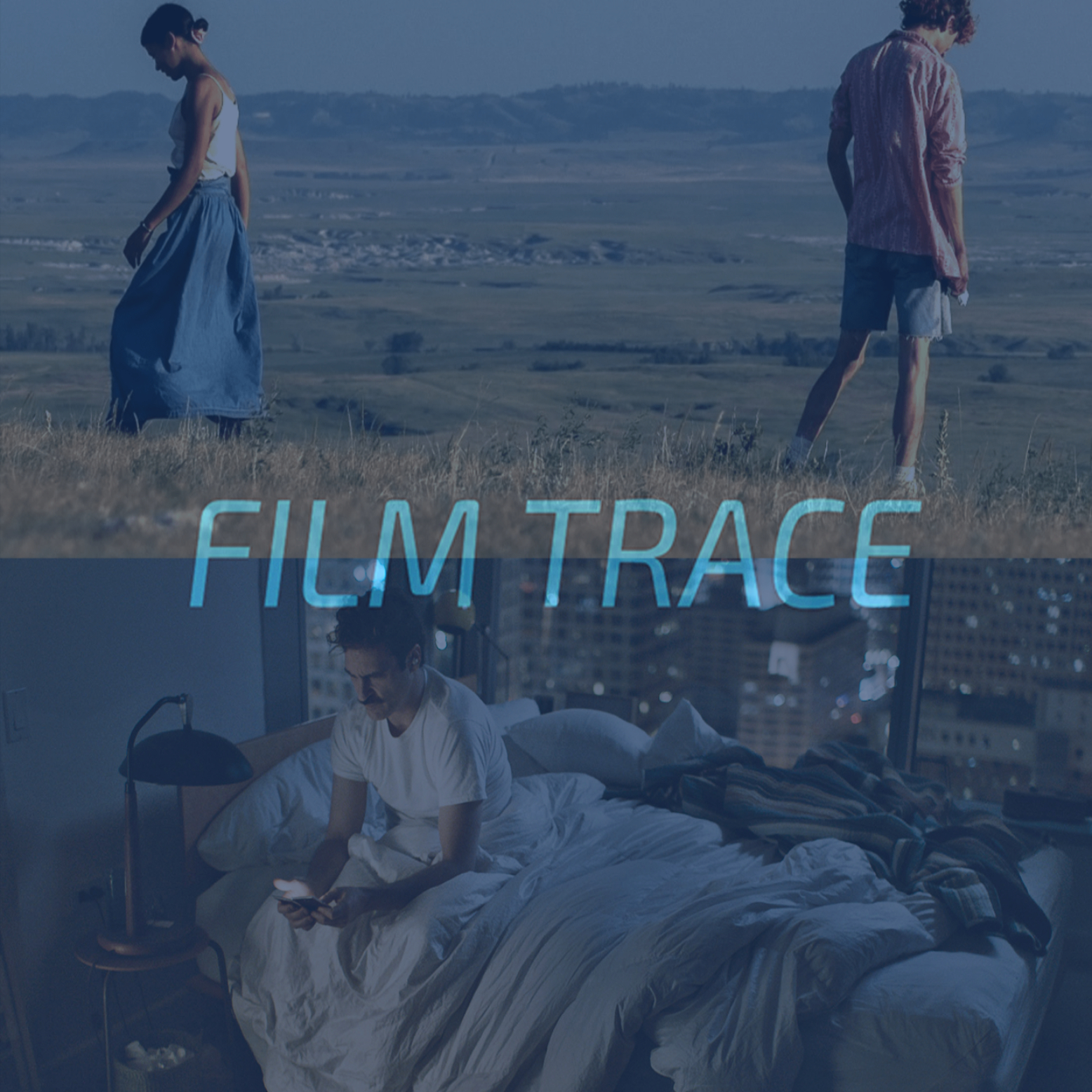

The sixth and final film in our Risqué Romance cycle is Luca Guadagnino's meatlovers romance, (2022). Coming off his break out art-house hit(2017) and his wonderfully bizarre remake of (2018), Luca Guadagnino rejoined with white hot Timothée Chalamet to adapt this young adult novel about the ills of eating human flesh. The book, a vegan polemic, is translated here by Luca with his normal grace, poise, and naturalism. Joining Chalamet is the splendid performance of Taylor Russell as the two young lovers crisscross the eastern half of the US. Also strangely a 1980s period piece, becomes a gumbo of genre, style, and tone. It doesn't really work, but there is a joy in the experience of trying to make sense of it all. Mark Rylance shows up to piss off Chris and for me to fall in love again. For our chaser film, we reconnect with (2013), a techno-romance that captured the thirty something zeitgeist of the late Obama years as we became soulmates with our iPhones.
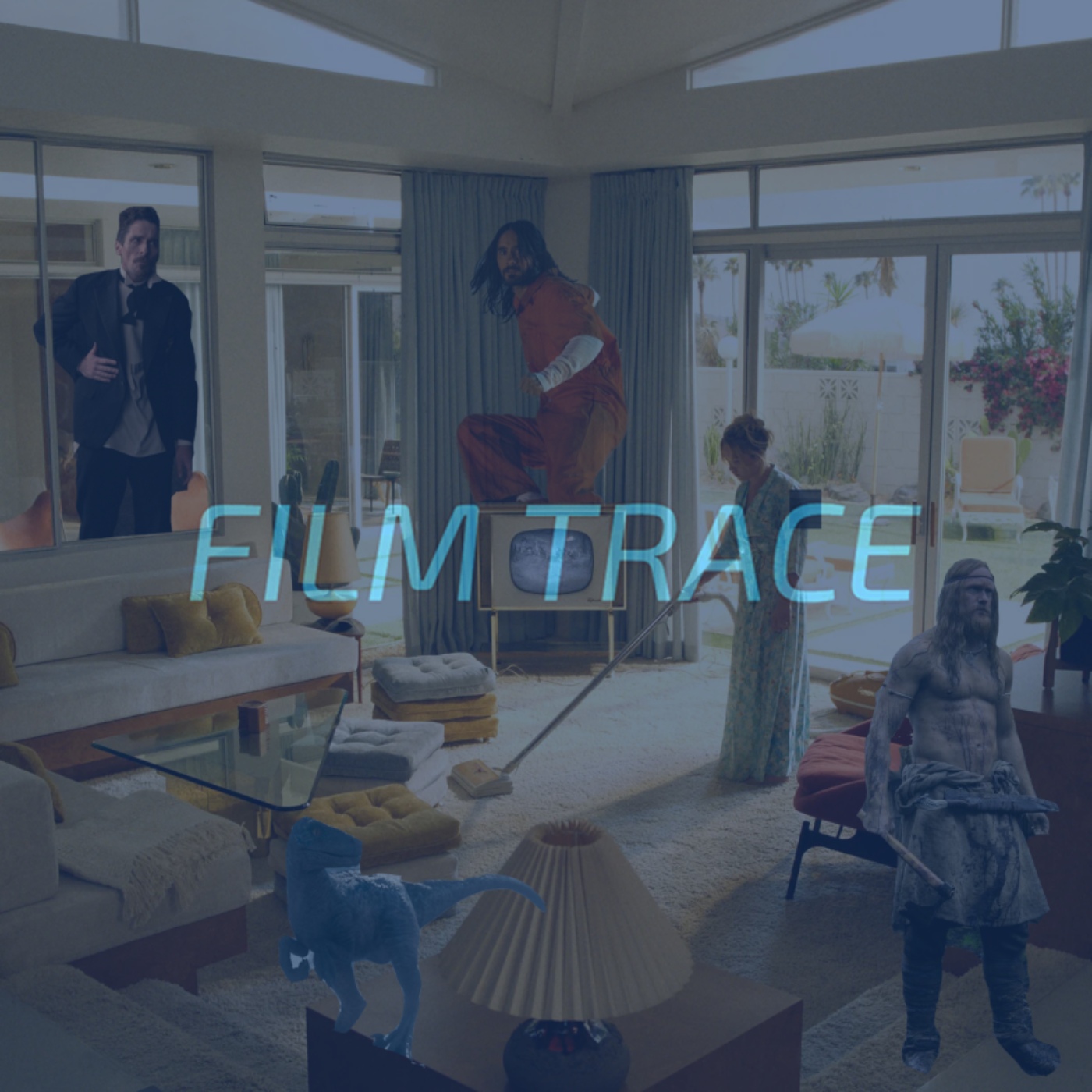

We decided to do an end of the year show for 2022. Life has been hectic so we haven't been able to post on our normal schedule, and we have a longer break coming up before Season 10 of Film Trace kicks off. So we decided to do a one-off show to give the people what they want: Drama! Chris and Dan present the top five behind the scenes dramas in film for 2022. The goal of our show is to tell the listener the story of how a film came to be. Sometimes everything goes right, and we get Top Gun: Maverick. Sometimes it doesn't go right and we get Morbius. The successes are fun to talk about but the abject failures are truly delicious. Join us as we trace the lives of five films that face planted in 2022.


The fifth film in our Risqué Romance cycle is Ang Lee's western romance, (2005) Special Guest: Amanda Jane Stern - writer, actor, and producer from New York City. She wrote, produced, and starred in the new erotic thriller , soon to be playing at a film festival near you! When came out in the mid-Aughts, it was supported by effuse buzz and whispered homophonic jokes. This was not unlike the release of in the early 90s. Both films were from smaller studios and gained traction due to their misperceived salaciousness. Looking back on , the film's reputation is bizarre and totally ill-fitting. The film is a quiet and slow mediation on how love blossoms quickly but then withers for decades only to constantly reemerge through turned soil, like a perennial bud. Its loss to at the 2006 Oscars for Best Picture feels more and more criminal with every passing year. is one of Ang Lee's enduring masterpieces alongside . For our chaser film, we reexamine the 2002 film which felt like a slight curiosity on release but plays totally differently now. Very much a hidden gem.
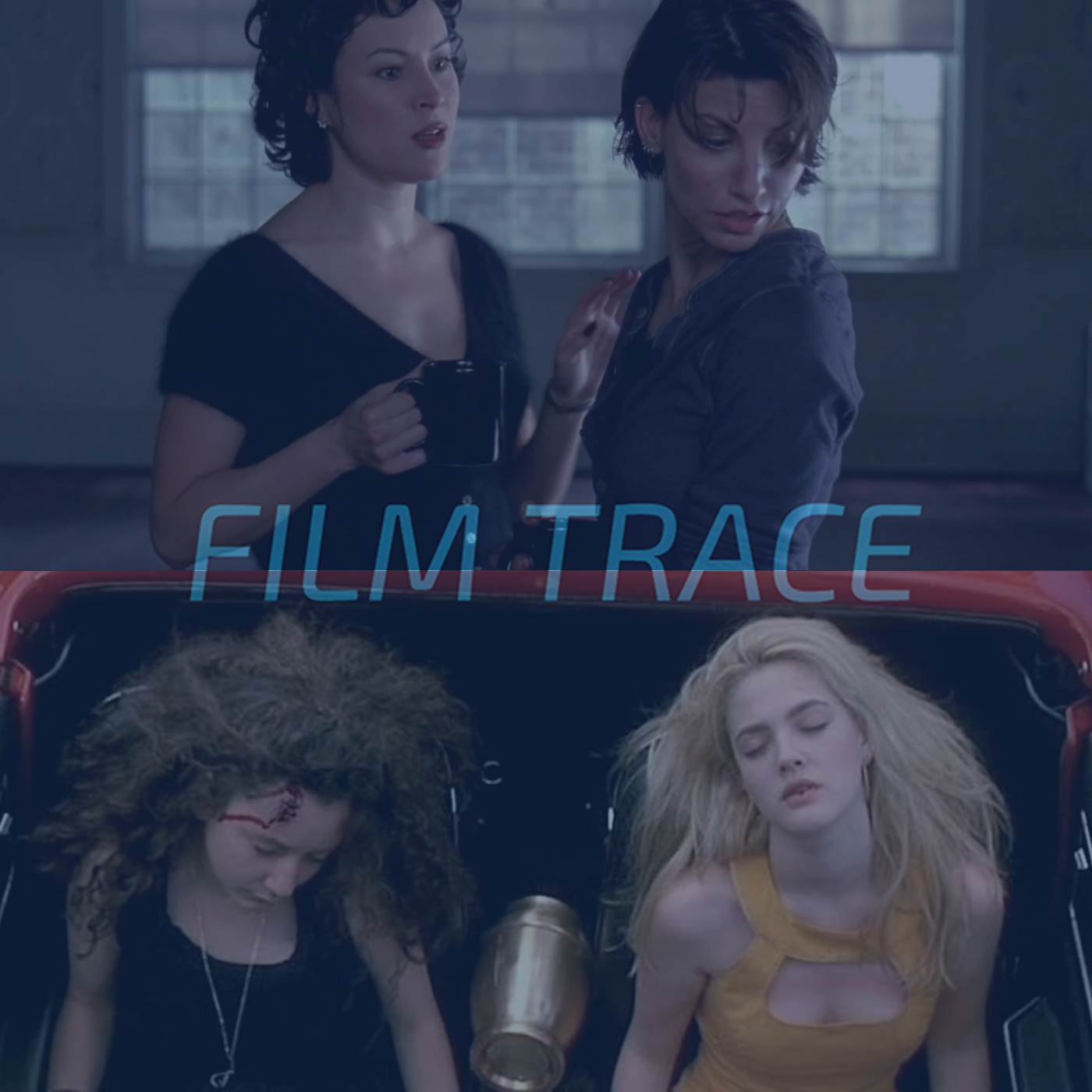

The fourth film in our Risqué Romance cycle is Lana and Lily Wachowski's debut film, Bound (1996). Like the Wachowskis' more successful and canonical sophomore effort, The Matrix, Bound both works wonderfully on its own as a playful lesbian-centered noir and as a challenge to the WWII-era subgenre, as well as modern crime films writ large, to reconsider and deconstruct masculinity and femininity alike. Essentially a chamber drama with Hong Kong action-inspired flair, its lead performances from the still-underrated Jennifer Tilly and Gina Gershon leap off the screen with ferocity while also retaining a delicate sense of intimacy. The supporting cast, including reliable Wachowski mainstay Joe Pantoliano and a magnetically maniacal turn from Christopher Meloni, fleshes out the film's ahead-of-its-time graphic novel pulp sensibility too. The whole affair comes off as not just risqué but downright revolutionary. For our chaser film, we discuss the trashy erotic thriller Poison Ivy (1992). Directed by exploitation master Roger Corman protégé Katt Shea and largely a footnote of the decade's offerings, its queer undertones and Lolita riffing merit discussion, not to mention the fact that it somehow spawned three direct-to-video sequels. Dan is off this episode, but joining Chris in his absence is the insightful and talented freelance film writer and frequent Little White Lies contributor Lillian Crawford.
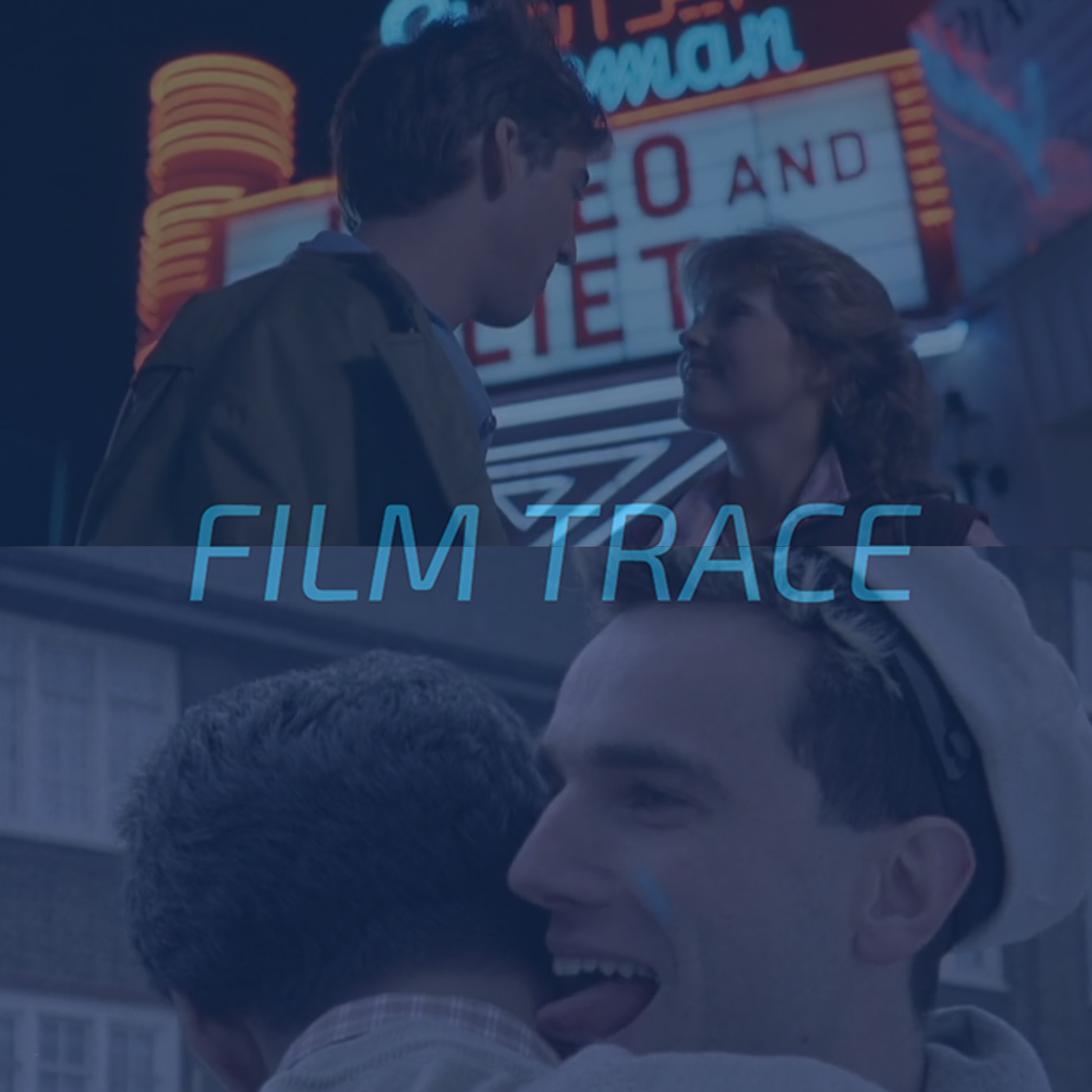

The third film in our Risqué Romance cycle is the small yet delightful, 1983). , the paradigm of an indie film, transcended its own means of production to become an oddly dismissed 80s mall romcom. As one reviewer aptly stated, the influence of was so massive that it's hard to watch it without feeling a sense of deja vu. Helmed by Martha Coolidge, who went on to direct the classic and to become the president of the DGA, features in his breakout lead role. Coolidge placated the indie studio's grindhouse expectations while at the same time deftly producing one of the more authentic 1980s romance films. For our chaser film, we explore (1985), a homosexual love story that plays down any risque notions. Written by a playwright, this gem of Britain's Channel 4 glows brightly despite its three decades of age.
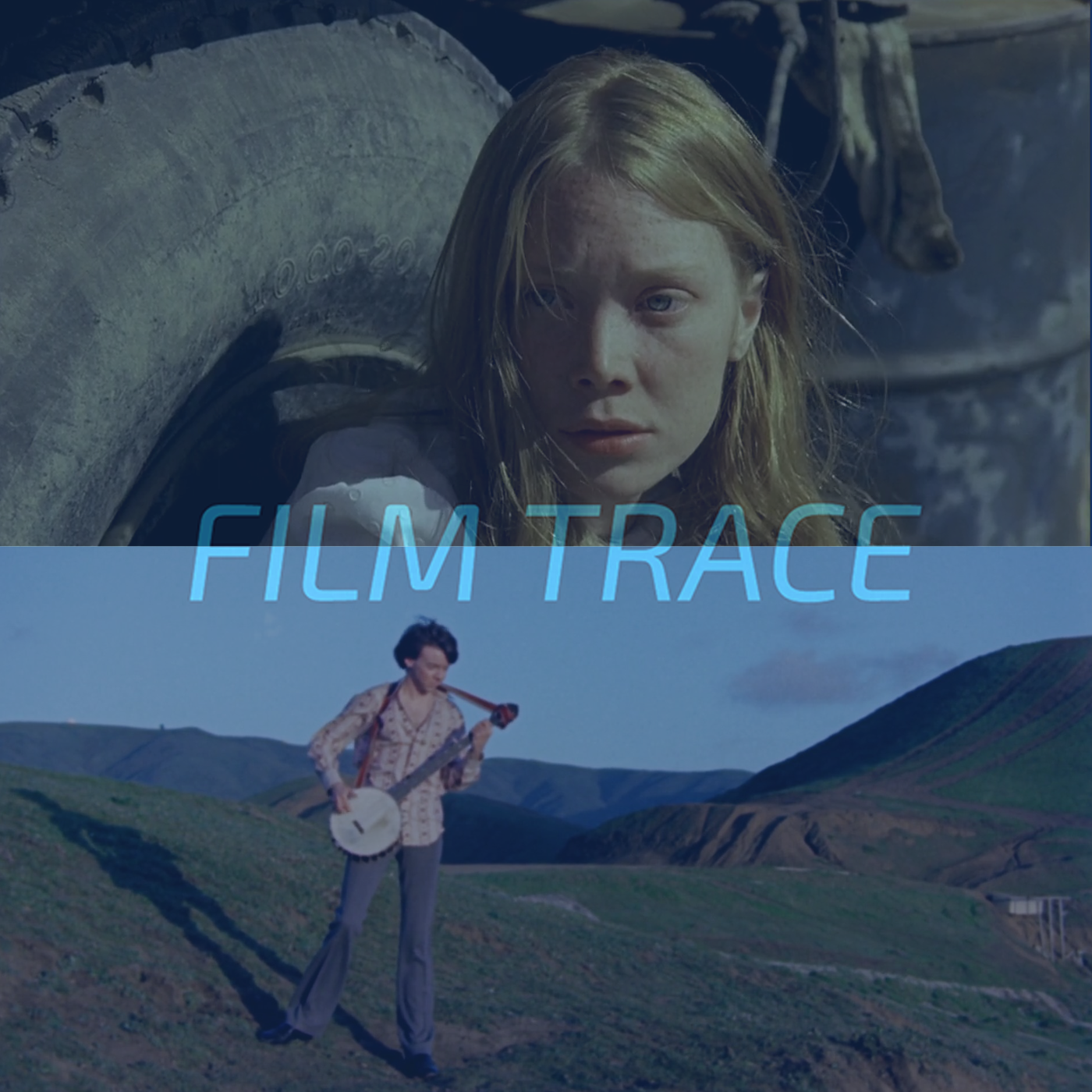

The second film in our Risqué Romance cycle is Terrence Malick's debut film, Badlands (1973) Loosely based on the real-life murdering spree committed by Charles Starkweather and Caril Ann Fugate in the late 1950s, Badlands quickly steers clear of true crime tropes and traditional story structure. While Terrence Malick is at his least idiosyncratic here, the vibe and flow of the film are resolutely unique and unexpected. Perhaps the strange pacing and narrative focus should have been expected from a Hollywood outsider who nearly got his Ph.D. studying the existential philosophy of Martin Heidegger. The fully colored lens through which Malick displays the violent journey of Kit and Holly (Martin Sheen and Sissy Spacek) has not been drained of its vibrancy despite being fifty years old. The film shows how fame can easily dislocate the guttural horror of violence, a sophisticated message that has only strengthened over the decades. For our chaser film, we discuss the twee-influence of (1971). The gender roles are reversed in this March-December romance, and we debate how this alteration affects the whimsy that props up this pitch-black comedy.
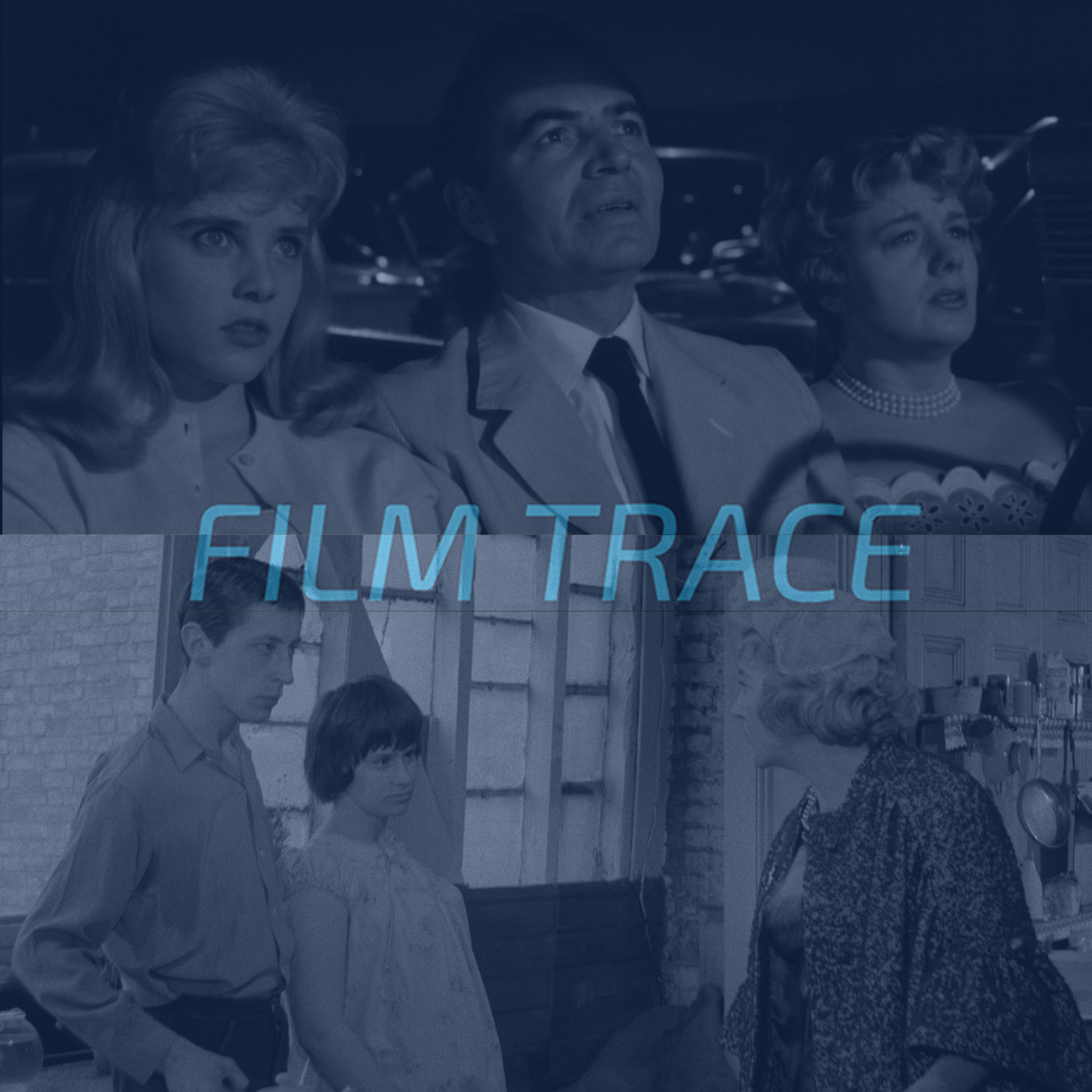

The first film in our Risqué Romance cycle is Stanley Kubrick's infamous (1962). We start out this new season by tiptoeing through the minefield that is a notorious film adaptation of the even more notorious novel by Vladimir Nabokov. It is hard to fathom that housewives and bankers were reading on the subway in the 1950s, but that is how popular this novel was during the Eisenhower years. This classic unfilmable novel is bizarrely translated by Kubrick, which greatly aggravates the problematic nature of the story. Chris and I debate whether we could even call this a romance film. For our chaser film, we discuss an often-overlooked kitchen sink drama from England, (1961). Where stumbles all over the place trying to say something profound, says it with the smallest of glances and touches.
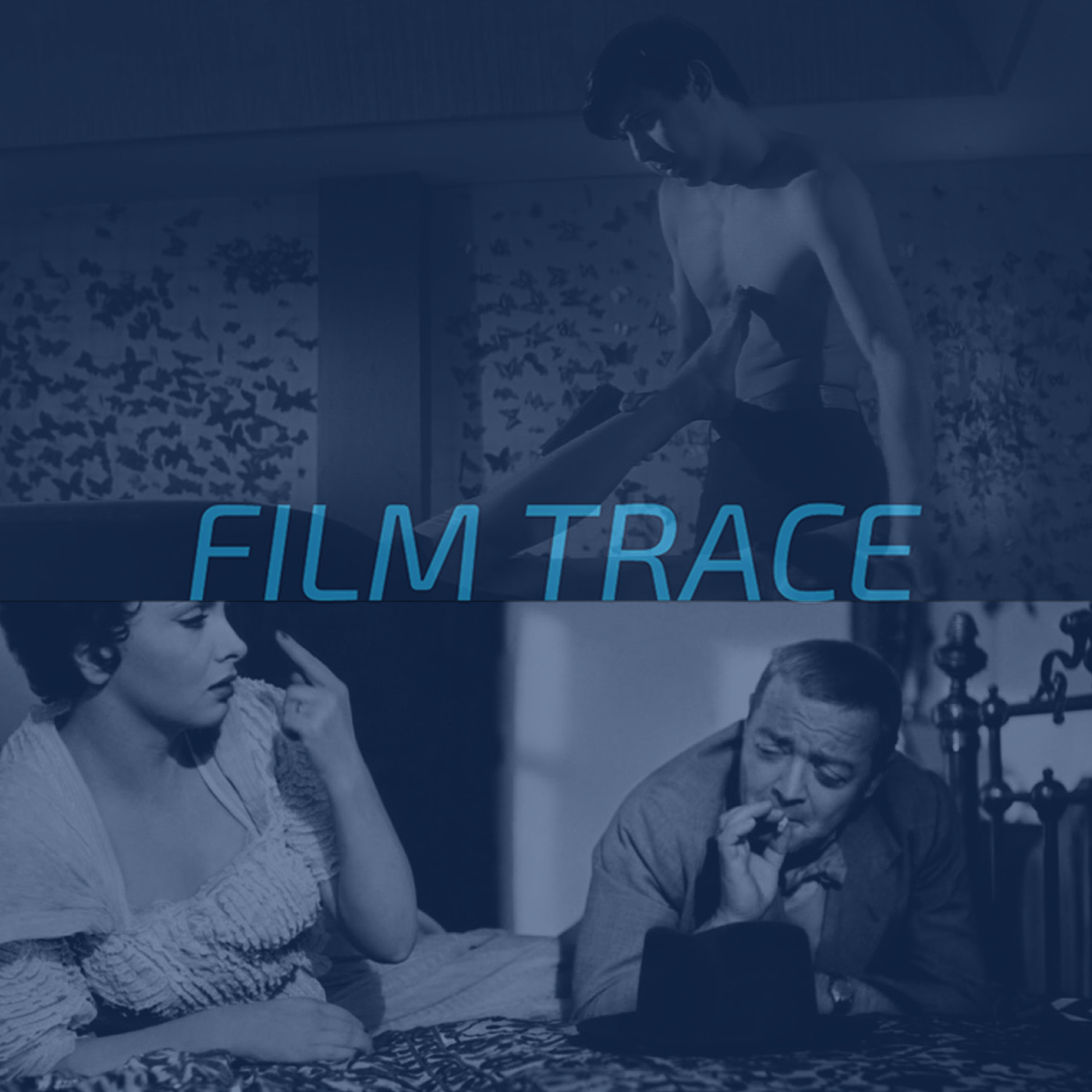

The sixth and final film in our Absurdist Action cycle is Seijun Suzuki's masterpiece, Branded to Kill (1967) When we decided to do Absurdist Action as the theme of this cycle, we both struggled to find a starting point. Over-the-top action movies were the lingua franca of 1980s American cinema, and we had dozens of Reagan-era films to choose from as an origin. But as we tried to trace the theme back further, things became quite murky: Kung Fu, James Bond, Micheal Cimino, heist movies, cop movies, military shoot 'em ups. Chris wisely choose this yakuza B movie as our starting point, and it rings incredibly true to the theme. The undercurrent that connects Bullet Train to Bad Boys to 48 Hrs can be seen clearly in Seijun Suzuki's surrealist gonzo hitman film. Branded to Kill was shot in 25 days and edited in the three days before it was released. It was a factory film. The studio hated it and fired Suzuki. It was mostly unseen outside of Japan until the late 1990s when it was released on home video. Branded To Kill is a fever dream that runs solely on poetic logic. It is definitely absurd, and intoxicatingly provocative. Explicit sex, epic violence, and free verse plotting make this the missing link of Absurdist Action films. For our chaser film, we beat back the current of modern cinema to explore Beat the Devil (1953), a lark from John Huston and Truman Capote that became kitsch for the coastal elite set.